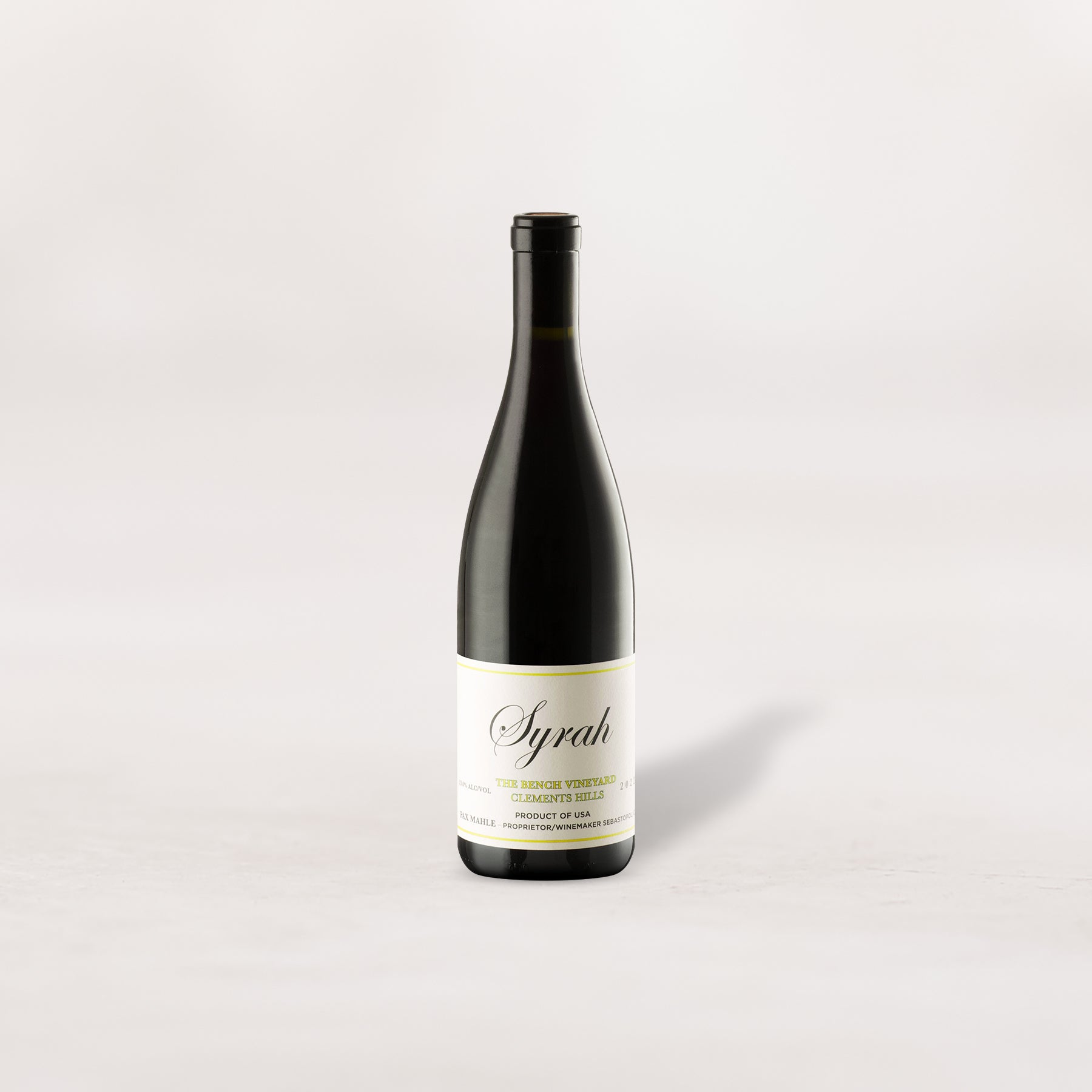Pax Mahle makes a lot of wine, from a kaleidoscopic array of varieties, but he is best known for his work with the Syrah grape. He is a devotee of the wines of the Northern Rhône, and while countless California winemakers speak similarly of their French inspirations, Pax’s California Syrahs don’t just talk the talk—they genuinely resemble some of the greats of Saint-Joseph and Côte-Rôtie. In addition to assembling a far-flung collection of cool-climate Syrah vineyards all over the state, Mahle employs a fair amount of whole-cluster fermentation in his wines and aims for balance and aromatic lift rather than heavy extraction. Even in the relatively hot confines of Lodi, from which today’s wine hails, Pax fashions a wine of pitch-perfect varietal character—lots of roasted meat and black pepper here—and modest proportions. The fruit is plenty saturated, but the wine crackles with energy and oozes earthy soul. To put it plainly, it’s the best domestic Syrah to cross our path in a long time, and an absolute must for anyone who thinks the Northern Rhône is the sole reference point.
Clements Hills is part of the larger Lodi AVA, located in the southeastern corner of the appellation and bisected by the Mokelumne River. This is a hot climate by Pax standards (most of his longtime vineyard sources are in western Sonoma or Mendocino), but The Bench Vineyard does enjoy a cooling influence from currents funneled through the Golden Gate Gap. Nevertheless, this is a relatively warm microclimate at the gateway to the Sierra Foothills, and there’s plenty of concentration to show for it. The soils are sandy, containing both granite and volcanic material, and the wine’s grainy tannins reflect this as well. There’s a “roasted earth” quality to the wine that reminded us of a certain Northern Rhône appellation quite viscerally!
This 2022 contains 100% Syrah fermented with 100% of its whole clusters intact (a choice which not only contributed spice and textural grip but, as many winemakers note, likely tempered the finished alcohol percentage as well). The wine was aged for six months in 500-liter French oak puncheons before bottling, which was done without fining or filtration.
In the glass, this wine has the textbook midnight-black Syrah hue with magenta/purple highlights, with an archetypal Syrah aroma/flavor profile: crushed black raspberry, purple plums, and goji berry meet up with a savory wave of minerals, licorice, baking spices, pepper, soy, and smoky, loamy earth. It is medium-plus in body, with a good amount of extract softening the bite of the tannins, but between its grip and its freshness, there’s structure for aging if you decide to go that way. Probably the best course of action is to decant it 30 to 60 minutes before serving at 60-65 in large Bordeaux stems with some braised short ribs or, if you’re feeling ambitious, a lamb tagine. Classic Syrah food for a classic Syrah. Enjoy!











